1. Musiek ES, Milne GL, McLaughlin B, Morrow JD. Cyclopentenone eicosanoids as mediators of neurodegeneration: a pathogenic mechanism of oxidative stress-mediated and cyclooxygenase-mediated neurotoxicity. Brain Pathol. 2005; 15:149–158. PMID:
15912888.

2. Wymann MP, Schneiter R. Lipid signalling in disease. Nat Rev Mol Cell Biol. 2008; 9:162–176. PMID:
18216772.

3. Serhan CN, Chiang N, Van Dyke TE. Resolving inflammation: dual anti-inflammatory and pro-resolution lipid mediators. Nat Rev Immunol. 2008; 8:349–361. PMID:
18437155.

4. Balazy M. Eicosanomics: targeted lipidomics of eicosanoids in biological systems. Prostaglandins Other Lipid Mediat. 2004; 73:173–180. PMID:
15287150.

5. Theken KN, Deng Y, Kannon MA, Miller TM, Poloyac SM, Lee CR. Activation of the acute inflammatory response alters cytochrome P450 expression and eicosanoid metabolism. Drug Metab Dispos. 2011; 39:22–29. PMID:
20947618.

6. Han X, Gross RW. Global analyses of cellular lipidomes directly from crude extracts of biological samples by ESI mass spectrometry: a bridge to lipidomics. J Lipid Res. 2003; 44:1071–1079. PMID:
12671038.

7. Morrow JD, Roberts LJ. The isoprostanes: unique bioactive products of lipid peroxidation. Prog Lipid Res. 1997; 36:1–21. PMID:
9373618.

8. Masoodi M, Volmer DA. Comprehensive quantitative determination of PUFA-related bioactive lipids for functional lipidomics using high-resolution mass spectrometry. Methods Mol Biol. 2014; 1198:221–232. PMID:
25270932.

9. Buczynski MW, Dumlao DS, Dennis EA. Thematic review series: proteomics. An integrated omics analysis of eicosanoid biology. J Lipid Res. 2009; 50:1015–1038. PMID:
19244215.

10. Haeggström JZ, Rinaldo-Matthis A, Wheelock CE, Wetterholm A. Advances in eicosanoid research, novel therapeutic implications. Biochem Biophys Res Commun. 2010; 396:135–139. PMID:
20494126.

11. Tsikas D, Zoerner AA. Analysis of eicosanoids by LC-MS/MS and GC-MS/MS: a historical retrospect and a discussion. J Chromatogr B Analyt Technol Biomed Life Sci. 2014; 964:79–88.

12. Tsikas D, Suchy MT. Protocols for the measurement of the F
2-isoprostane, 15(S)-8-
iso-prostaglandin F
2α, in biological samples by GC-MS or GC-MS/MS coupled with immunoaffinity column chromatography. J Chromatogr B Analyt Technol Biomed Life Sci. 2014; DOI:
10.1016/j.jchromb.2104.12.019.
13. Yang J, Schmelzer K, Georgi K, Hammock BD. Quantitative profiling method for oxylipin metabolome by liquid chromatography electrospray ionization tandem mass spectrometry. Anal Chem. 2009; 81:8085–8093. PMID:
19715299.

14. Ostermann AI, Wilenberg I, Schebb NH. Comparison of sample preparation methods for the quantitative analysis of eicosanoids and other oxylipins in plasma by means of LC-MS/MS. Anal Bioanal Chem. 2015; 407:1403–1414. PMID:
25542569.

15. Willenberg I, Ostermann AI, Schebb NH. Targeted metabolomics of the arachidonic acid cascade: current state and challenges of LC-MS analysis of oxylipins. Anal Bioanal Chem. 2015; 407:2675–2683. PMID:
25577350.

16. Adcock IM, Lane SJ. Corticosteroid-insensitive asthma: molecular mechanisms. J Endocrinol. 2003; 178:347–355. PMID:
12967328.

17. Barnes PJ. How corticosteroids control inflammation: quintiles prize lecture 2005. Br J Pharmacol. 2006; 148:245–254. PMID:
16604091.

18. Loria RM, Inge TH, Cook SS, Szakal AK, Regelson W. Protection against acute lethal viral infections with the native steroid dehydroepiandrosterone (DHEA). J Med Virol. 1988; 26:301–314. PMID:
2974468.

19. Cutolo M. Androgens in rheumatoid arthritis: when are they effectors? Arthritis Res Ther. 2009; 11:126. PMID:
19804618.

20. Stárka L, Bicíková M, Hampl R. Epitestosterone - an endogenous anti-androgen? J Steroid Biochem. 1989; 33:1019–1021. PMID:
2532272.
21. Bicíková M, Kanceva R, Lapcík O, Hill M, Stárka L. The effect of epitestosterone on the plasma levels of LH and FSH in ovariectomized immature rats. J Steroid Biochem Mol Biol. 1993; 44:321–324. PMID:
8499340.
22. Choi MH, Skipper PL, Wishnok JS, Tannenbaum SR. Characterization of testosterone 11β-hydroxylation catalyzed by human liver microsomal cytochrome P450. Drug Metab Dispos. 2005; 33:714–718. PMID:
15764715.
23. Chalbot S, Morfin R. Human liver S9 fractions: metabolism of dehydroepiandrosterone, epiandrosterone and related 7-hydroxylated derivatives. Drug Metab Dispos. 2005; 33:563–569. PMID:
15650074.

24. Lee SH, Lee DH, Lee J, Lee WY, Chung BC, Choi MH. Comparative GC-MS based in vitro assays of 5α-reductase activity using rat liver S9 fraction. Mass Spectrom Lett. 2012; 3:21–24.

25. Zhang B, Saku K. Control of matrix effects in the analysis of urinary F2-isoprostanes using novel multidimensional solid-phase extraction and LC-MS/MS. J Lipid Res. 2007; 48:733–744. PMID:
17215547.

26. Ricciotti E, FitzGerald GA. Prostaglandins and inflammation. Arterioscler Thromb Vasc Biol. 2011; 31:986–1000. PMID:
21508345.
27. Choi MH, Chung BC. Bringing GC-MS profiling of steroids into clinical applications. Mass Spectrom Rev. 2015; 34:219–236. PMID:
24965919.

28. Dobrian AD, Lieb DC, Cole BK, Taylor-Fishwick DA, Chakrabarti SK, Nadler JL. Functional and pathological roles of the 12- and 15-lipoxygenases. Prog Lipid Res. 2011; 50:115–131. PMID:
20970452.

29. Issan Y, Hochhauser E, Guo A, Gotlinger KH, Kornowski R, Leshem-Lev D, et al. Elevated level of pro-inflammatory eicosanoids and EPC dysfunction in diabetic patients with cardiac ischemia. Prostaglandins Other Lipid Mediat. 2013; 100-101:15–21. PMID:
23291334.

30. Erol K, Sirmagul B, Kilic FS, Yigitaslan S, Dogan AE. The role of inflammation and COX-derived prostanoids in the effects of bradykinin on isolated rat aorta and urinary bladder. Inflammation. 2012; 35:420–428. PMID:
21537904.

31. Maier TJ, Tausch L, Hoernig M, Coste O, Schmidt R, Angioni C, et al. Celecoxib inhibits 5-lipoxygenase. Biochem Pharmacol. 2008; 76:862–872. PMID:
18692027.

32. Abdel-Razzak Z, Loyer P, Fautrel A, Gautier JC, Corcos L, Turlin B, et al. Cytokines down-regulate expression of major cytochrome P-450 enzymes in adult human hepatocytes in primary culture. Mol Pharmacol. 1993; 44:707–715. PMID:
8232220.
33. Vane JR, Botting RM. New insights into the mode of action of anti-inflammatory drugs. Inflamm Res. 1995; 44:1–10. PMID:
7664022.

34. Malkin CJ, Pugh PJ, Jones RD, Kapoor D, Channer KS, Jones TH. The effect of testosterone replacement on endogenous inflammatory cytokines and lipid profiles in hypogonadal men. J Clin Endocrinol Metab. 2004; 89:3313–3318. PMID:
15240608.

35. Choi MH, Yoo YS, Chung BC. Biochemical roles of testosterone and epitestosterone to 5 alpha-reductase as indicators of male-pattern baldness. J Invest Dermatol. 2001; 116:57–61. PMID:
11168798.
36. Magro CM, Rossi A, Poe J, Manhas-Bhutani S, Sadick N. The role of inflammation and immunity in the pathogenesis of androgenetic alopecia. J Drug Dermatol. 2011; 10:1404–1411.
37. Yanni AE. The laboratory rabbit: an animal model of atherosclerosis research. Lab Anim. 2004; 38:246–256. PMID:
15207035.
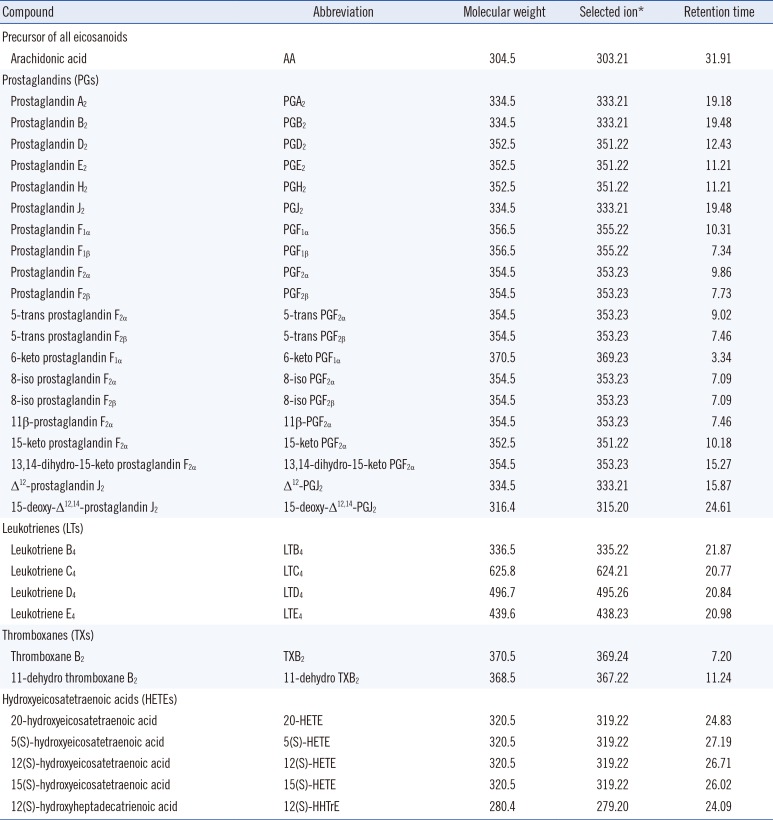
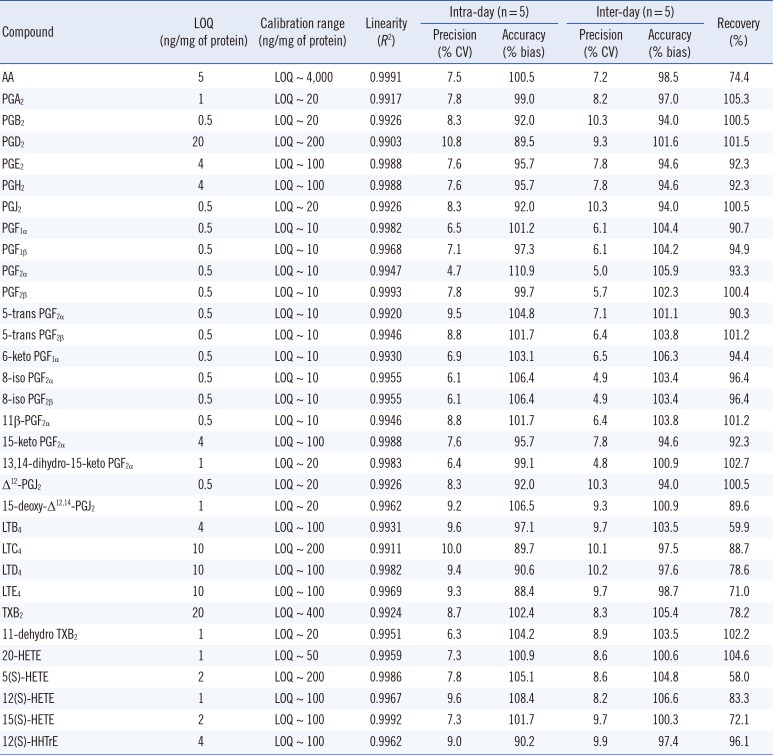
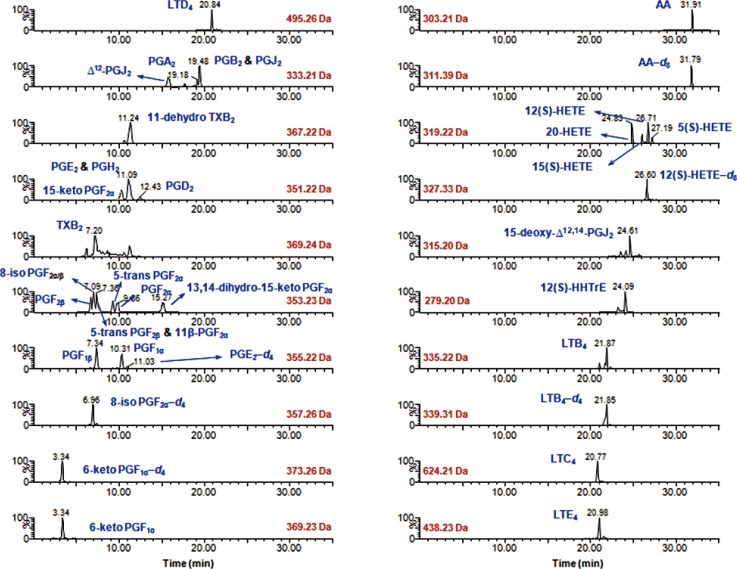
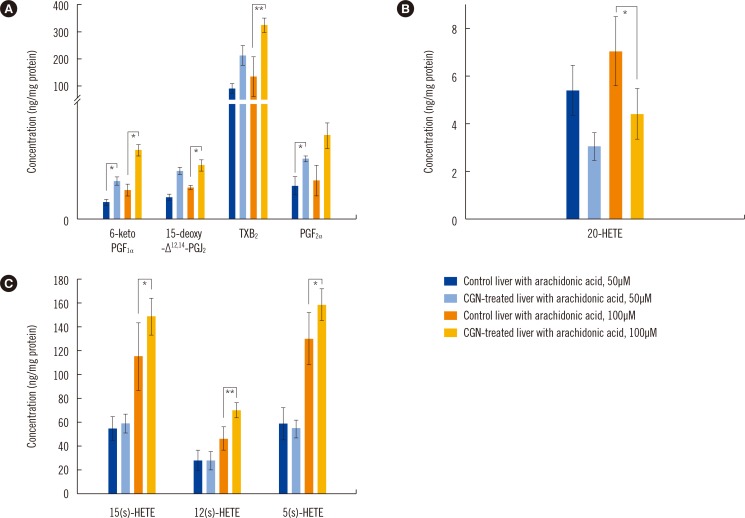
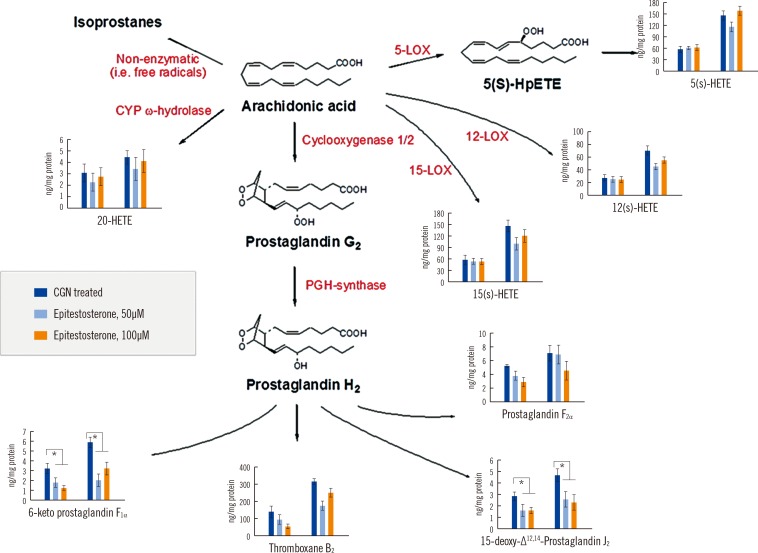




 PDF
PDF ePub
ePub Citation
Citation Print
Print


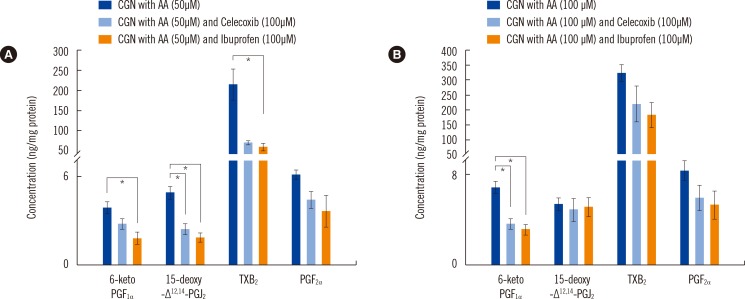
 XML Download
XML Download